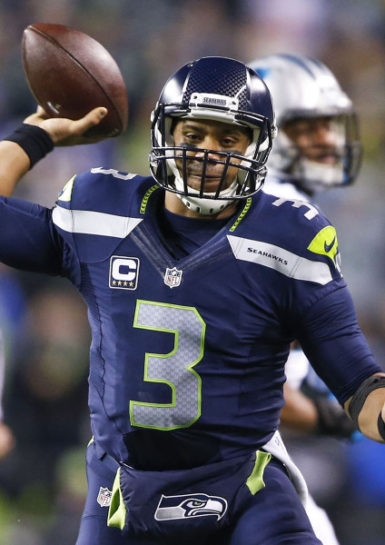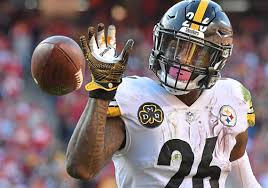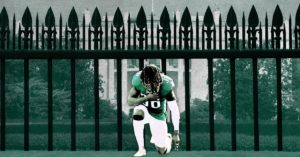
Every NFL Team’s Draft Grade Over the Last 5 Years
Winning in the NFL comes down to retooling your team each year with talented and dedicated players from the starting quarter back to the 43rd man on the roster. The NFL draft is typically how you build your team for the long term. Let’s take a look at how all 32 teams have graded over the last 5 years.
To win in the NFL today on a consistent basis requires drafting well through all seven rounds, year-in and year-out. In this salary-cap era, finding value after the first round — where any team has a good chance of finding a reliable starter — is often the difference between a deep playoff run and not making it there in the first place.
Our calculations here — which we’ll explain in a minute — prove it. Seattle has done the best job of finding value since 2012, and the Seahawks have made it to the divisional round of the playoffs every year since. They won the Super Bowl after the 2013 season and lost it after the 2014. In 2015 and 2016 they lost divisional round games to Carolina and Atlanta — two other teams that grade out highly based on our method.
In fact, we found that every team to play in the Super Bowl since the 2013 season came out with a positive grade here.
Yes, the Ravens — who ended up at zero (18th out of 32 teams), meaning they’d failed to add value through the draft — and 49ers (30th) played in Super Bowl XLVII after the 2012 season. But based on the way we’re running our calculations, the five years prior to that game would be more significant, and it’s a sure bet that both teams would rank highly.
Their draft failures since 2012 have certainly played out on the field, though: Baltimore and San Francisco have made it to the playoffs once each since.
So let’s explain how we got here.
The grades — which are actually numbers, not traditional letters — were created using Pro-Football-Reference.com‘s Approximate Value (AV) metric, which is similar to baseball’s WAR stat in that it seeks to put a numerical value on a player’s overall contribution to the team.
Here’s a primer on the stat.
We started by sorting each draft class by AV, which gave us a ranking of every player in that given class. Here’s what the top-10 looks like for the 2016 draft class:
Pro-Football-Reference.com
We then took a player’s AV and compared it to the player who, according to AV, ranked at the spot that player was selected. That gave us a number we’re calling “Expected AV plus-minus.”
It’s not nearly as complicated as it sounds. Let’s draw out the process, using Dak Prescott as an example.
Steve
Steve is an affordable multifamily housing professional that is also the co-founder of Whiskey Congress. Steve has written for national publications such as The National Marijuana News and other outlets as a guest blogger on topics covering sports, politics, and cannabis. Steve loves whiskey, cigars, and uses powerlifting as an outlet to deal with the fact that no one listens to his brilliant ideas.



